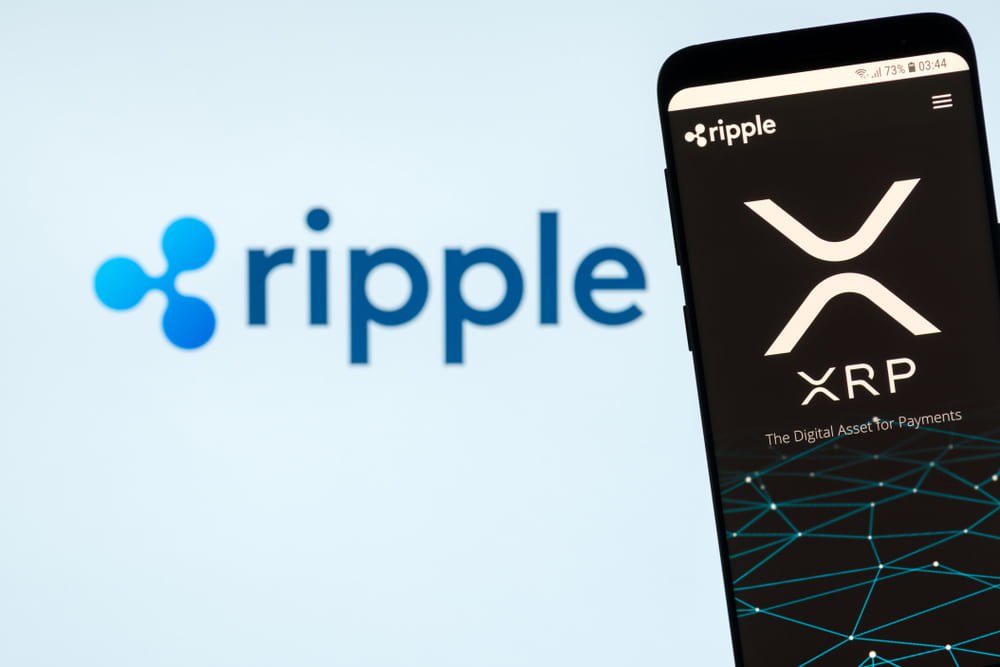The dynamic landscape of cryptocurrency often keeps investors and enthusiasts on the edge of their seats with its rapid developments and market shifts. One such notable instance is the significant surge in XRP’s market capitalization, a phenomenon triggered by a strategic announcement from Ripple, offering potential implications that stretch beyond digital currencies into broader financial systems. Let’s dive into the details to understand the factors behind this rally and how Ripple’s moves could redefine its future.
XRP’s Surge Following Ripple’s Strategic Announcements
Ripple has recently stirred excitement within the cryptocurrency community and beyond by making significant moves that could redefine its operational landscape. Following a major announcement from Ripple CEO, Brad Garlinghouse, XRP’s value experienced a substantial increase, reflecting investor confidence and market optimism.
XRP’s Market Capitalization Soars
Ripple’s announcement led to a notable increase in XRP’s value, with its price climbing from $2.17 to $2.28. This surge lifted its total market capitalization from $128.94 billion to $135.40 billion, showcasing the considerable impact of strategic corporate announcements on cryptocurrency valuations. Additionally, XRP’s daily trading volume rose significantly to $4.17 billion, marking a 43.84% increase and indicating increased investor activity and interest.
The Catalyst: Ripple’s Banking Ambitions
The rally in XRP’s market value was sparked by Ripple’s strategic decision to apply for a national banking license from the U.S. Office of the Comptroller of the Currency (OCC). This move, alongside the application for a Master Account with the Federal Reserve, represents Ripple’s ambition to evolve from a cryptocurrency payments company into a fully regulated financial institution. If approved, these applications would grant Ripple direct access to the U.S. banking system, allowing the company to streamline compliance, settlement processes, and the issuance of RLUSD, Ripple’s impending stablecoin.
The Potential Impact of Ripple’s Transition
Ripple’s transition into a regulated financial institution could have far-reaching implications. By bypassing third-party banking intermediaries, Ripple would gain tighter control over its financial operations, enhancing its efficiency and reliability. Moreover, the introduction of RLUSD as a stablecoin could position Ripple as a formidable competitor against established players like USDC and USDT in the dollar-backed digital asset arena. This strategic pivot could potentially reshape the U.S. financial ecosystem by integrating traditional banking systems with advanced cryptocurrency solutions.
Frequently Asked Questions
Is XRP’s recent price increase sustainable in the long term?
While XRP’s recent price increase reflects positive market sentiment following Ripple’s strategic announcements, sustainability will depend on approvals from regulatory bodies, market acceptance of RLUSD, and broader crypto market dynamics.
Why is Ripple applying for a banking license?
Ripple’s application for a banking license signifies its ambition to operate as a fully regulated financial institution, which would allow the company to streamline its operations, enhance compliance, and potentially offer more efficient financial services.
What could the success of RLUSD mean for Ripple and the wider cryptocurrency market?
If RLUSD gains traction, it could solidify Ripple’s position in the stablecoin market, offering a competitive alternative to existing stablecoins like USDC and USDT. This could increase XRP’s utility and demand, positively impacting its market value.
How might Ripple’s regulatory approval impact the cryptocurrency landscape?
If Ripple’s applications are approved, it could pave the way for other cryptocurrency firms to seek similar regulatory status, potentially leading to increased integration between traditional financial systems and the cryptocurrency market, enhancing trust and adoption.
This comprehensive exploration of Ripple’s recent strategic moves and XRP’s market response highlights the intricate interplay between corporate strategy and cryptocurrency valuations, offering insights into the future trajectory of digital finance.

